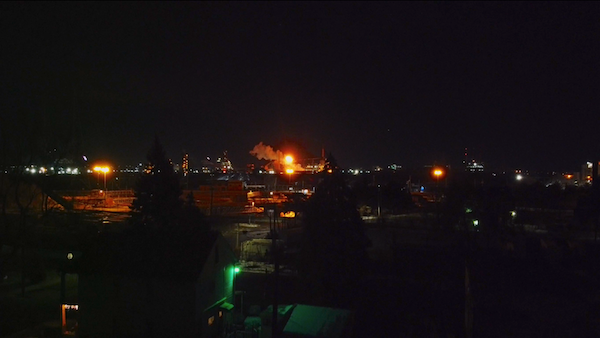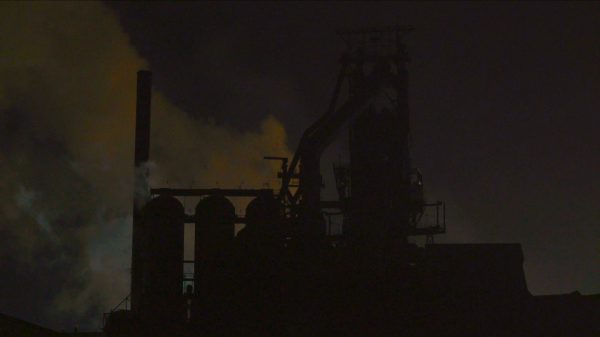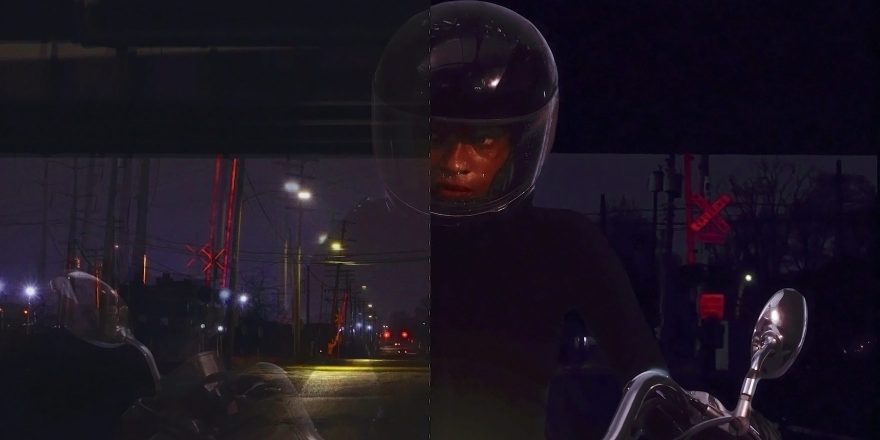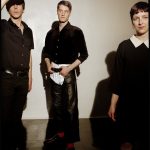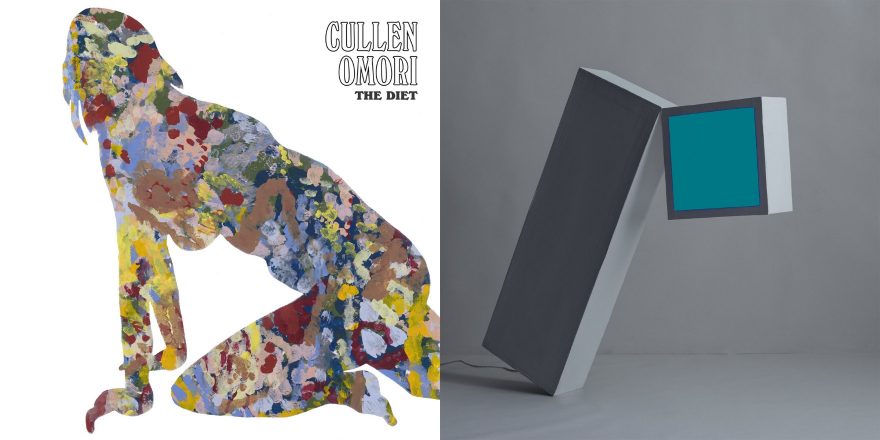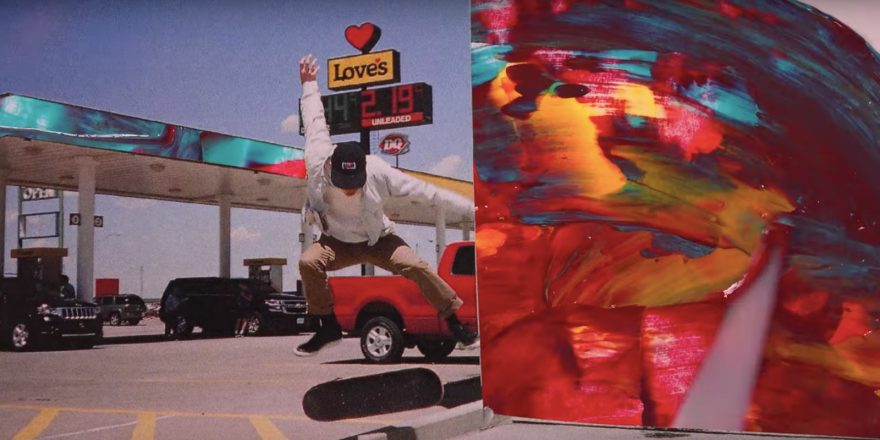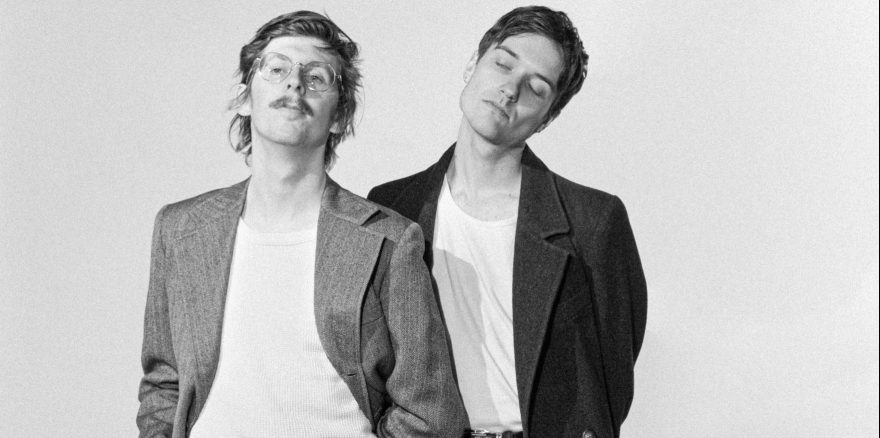At a fork in the road of Dearborn St. and West Jefferson Ave., between a shuttered factory and a disembodied brick row home, is an asphalt path that leads to an inglorious man-made moat surrounding Zug Island. In the daytime, fishermen frequent this fragment of the aptly named Rouge River that separates the industrial estate from Detroit to the North/West and its motherland, River Rouge, to the South. We drive down this path to join two other cars in the shade of a surprisingly lush tree. Behind us is a windowless biker bar, Iron Coffins, whose only signage is a white “D,” which is, naturally and unironically, also made to look like brass knuckles.
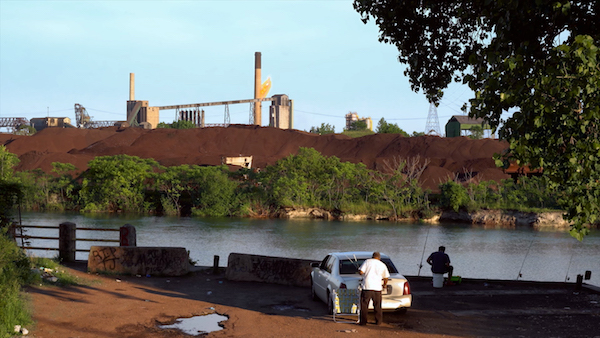
At the end of the day, two fishermen remain loyally hunched on their respective perches (a plastic woven beach chair, a tall white bucket). If you arrived with your eyes closed it’d be hard to imagine where you were based on the oddly contrasting sounds and smells of Zug Island descending into a high summer dusk, and the distinct feeling of being slowly baked alive in the thick air. A memory from earlier in the day feels like a fever dream now — a group of 30-ish men and women sipping their champagne of beers blasting Eminem from a speaker bungeed down in the back of a pickup truck. The portly man in the beach chair gets up and, for the first time that day, acknowledges his neighbor about 10 feet away with a half-nod as he pulls up his falling pants. Before he picks up his chair and packs it into the trunk of his Cadillac, he gestures at the olympic torch above the swollen dunes of coal on the opposite shore and reminds us, “come back at night, it turns blue hot!” I want to ask if they eat what they catch, but I don’t. A leather-clad biker from Iron Coffins emerges with his lady and tells us he’s a shutterbug himself, hands us his card, and suggests some places around the city he likes to shoot. This scene is the latter half of our “Aluminum” video.
We cross the bridge from Detroit into River Rouge and soon pass one of the stacks visible from the fishing hole. What you don’t see from the other shore is the massive colony of seagulls, cacophonously fraternizing and incessantly shitting on an undeveloped plot of Zug’s marshlands. After the federally protected species deemed this soggy piece of land their nesting spot, local organizations erected a fence to keep the young flightless gulls from waddling out into the streets, where they were, for a while, dying in Hitchockian droves.
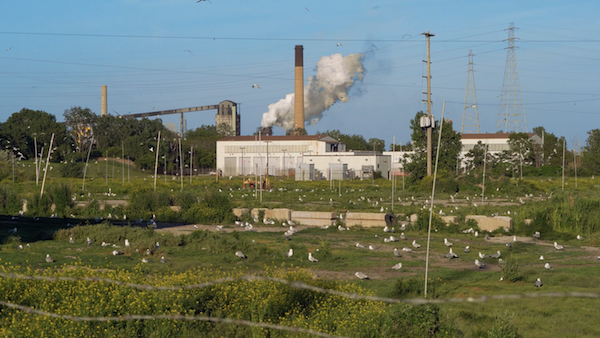
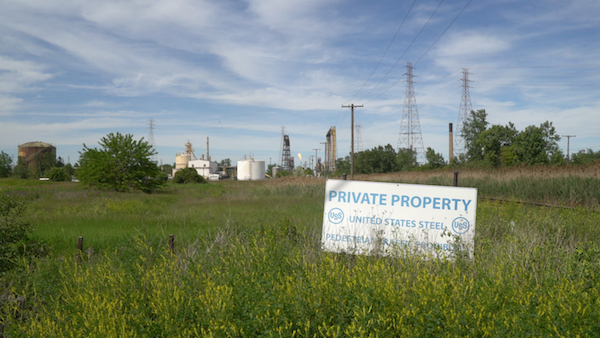
I trace my fascination with Zug Island to a painting that hung in my childhood home and now my Brooklyn apartment called “Vapors” by Michigan-Native James Stephens. I mistook the painting for a representation of Zug Island, because Stephens had another painting called “Zug Twins.” So when we return to Zug, I’m flooded with nostalgia. The island’s history reads like a bizarro world recollection, with a slew of disturbing plot twists. The land has long been rumored to be a Native American burial ground. Samuel Zug, who famously tried to inhabit the naturally sulphuric marshland, was an abolitionist of the brand new Republican party (Republicans were the “progressives” back then) whose Canadian land holdings were a destination of the Underground Railroad. Zug soon returned the then-peninsula back to the abundant wildlife in what could be called a sweeping victory for Michigan mosquitos. He intended for the land to remain something of a nature preserve, so it’s only natural that in his death his descendants sold the land to industry men who intended to make it a waste dumping ground. Now deemed “Detroit’s Area 51,” a mysterious and haunting sub frequency called “The Windsor Hum” accompanies a grueling, ceaseless, mechanical din, punishing residents of Windsor, Ontario just to the East of the island. The residents surrounding Zug face a familiar Rust Belt lifestyle paradox where health and work are pitted violently against one another. In December 2019, 1,500 workers were laid off from Zug’s plants in an announcement that the island would soon idle operations.
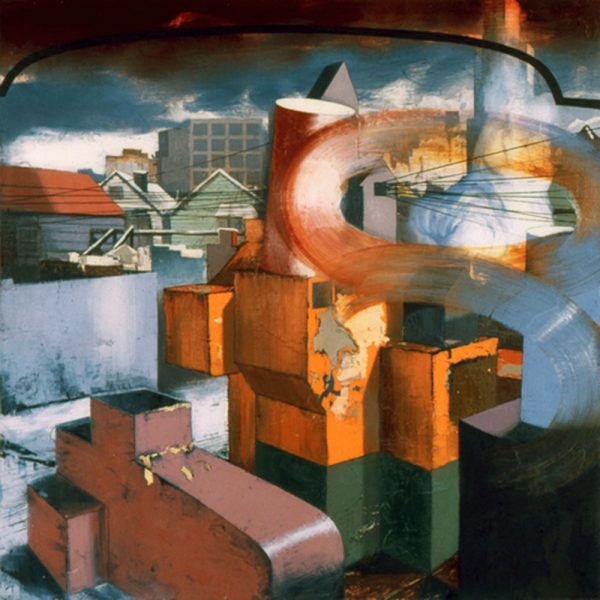
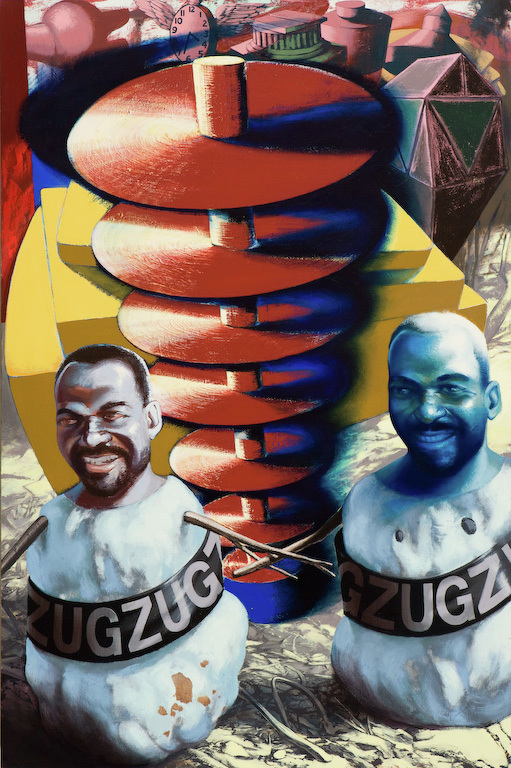
We returned to the island around the time of the lay-offs, with the advice from the fisherman in mind and shot our video for “The Motor” at night, but in the dead of winter. It was meant to portray the stark contrasts of Detroit, with our friend Tatayana Cooper propelling the narrative on her motorcycle from the city’s center to those blue and red Zug flames illuminating the aluminum siding of the nearby homes, still festively decorated for the holidays. We drive around until nightfall and watch for the evening spectacle. As sunset comes there is a beautiful multicolored glow that softens the endless wires cutting through the sky. A trolly car carrying coal from one end of the plant to the other rolls back and forth into the flaming center and back out. Occasionally a man in a hard hat accompanies it and I wave, he waves back.
— Madison Velding-VanDam
